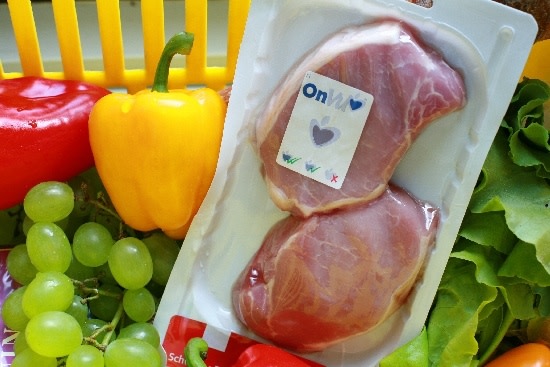Information labels or bottle tags as on-pack promotion items offer space to place advertising messages attractively on products. They can range from three- to five-page leaflets to mini-brochures. The info labels are applied by standard labellers. Dyes and paints are put to versatile use for special effects in label printing, including thermochromic dyes which only become visible in a certain temperature range, or dyes which shine in the dark.
Both concealed and visible features are used in the area of security labels. For consumers, it is important to be able to recognise from visible features such as holograms whether a product is genuine, without having to use aids such as scanners or UV lamps. However, as counterfeiters mainly attack the visible features, additional non-visible security features are used in sensitive areas. New possibilities will be demonstrated by numerous suppliers at the world`s most important packaging fair interpack 2008 in Düsseldorf from 24 to 30 October.

For packages, cap seals are available which make tampering evident by the irrevocable appearance of a logo or wording (void effect). Concealed features also include micro and nano texts, true-colour coding and concealed laser-readable security prints.
Consumer safety is also to the fore in a new development designed to document the integrity of the food refrigeration chain.
For meat and poultry, it can be dangerous to health if refrigeration is interrupted for too long. The new label, which indicates the freshness of the food in several stages, uses temperature-sensitive printing dyes.

The labels are applied to the packaging on fully automated equipment. A UV filter is activated and the tracing code is applied. The technology is based on pigments which change their colour over time and when temperature fluctuations occur.
The label or print has a reference colour as well as the time-temperature indicator. After activation by a suitable light source the indicator turns dark and then becomes brighter over time and when temperature fluctuations occur. If the ambient temperature exceeds the specified temperature, the brightening process speeds up. The shelf life of the product has expired when the activated colour indicator is brighter than the reference colour. Once-only activation ensures that the colour label cannot be tampered with.


